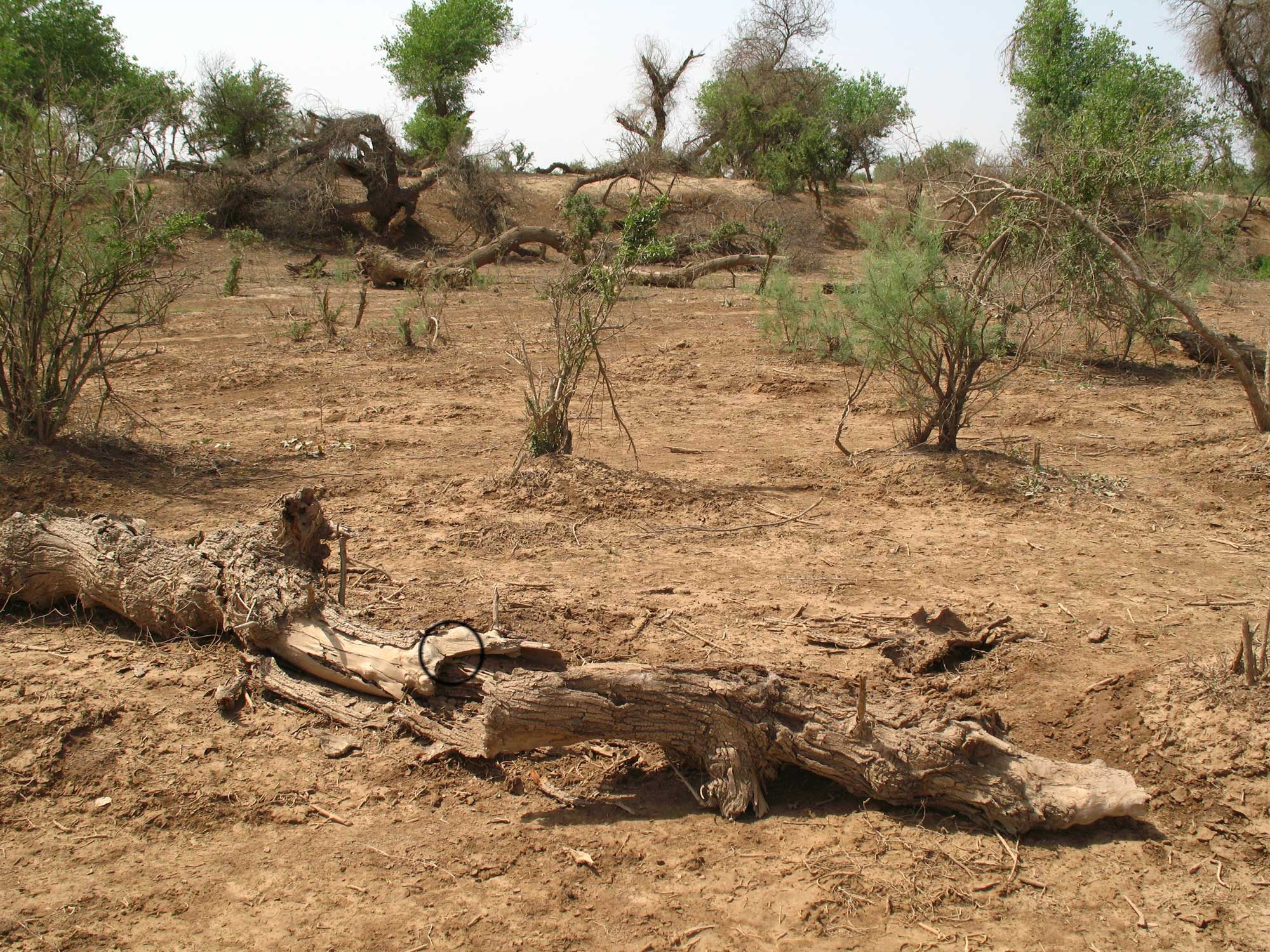The Five-striped Smooth-tail
Honey I'm Home (Habitat and Geography)
Where is this species found?!
Leiurus quinquestriatus can be found in Northeastern Africa and the Middle East. Their wide range goes from Algeria and Niger, to Sudan, to Somalia in Africa. And in the Middle East they range from Turkey, to Iran, to Oman and Yemen. L. quinquestriatus is mainly in the Northeastern Africa region and a tiny bit in the Middle East. A subset of L. quinquestriatus is the main scorpion population found in the Middle East (Shehab et al. 2011).
Deathstalkers will typically create burrows, roughly 20cm below rock, to reside in. Many times they will take over, modify and claim burrows that were once owned by other organisms but are now abandoned. These scorpions have very flat bodies which allow them to easily hide in small cracks and under rocks and bark. This species has also been known to enter homes within the area (Abushama 1964). They don’t necessarily create a burrow inside these homes, but watch out; you just might see one scramble across the floor!
Deathstalkers are nocturnal, which is extremely important for them since they live in very dry climates. Being nocturnal aids in their survival by helping them manage temperature and water balance (Abushama 1964).
They can be found in a wide variety of areas in arid, semi-arid, and mesic regions. They prefer deserts that are free of sand dune systems. The deserts that they survive in experience very harsh climates with temperatures of approximately 43.5°C (Shehab et al. 2011). In the arid and semi-arid regions the annual precipitation can range from 50-150mm a year, and in the mesic regions the annual precipitation ranges from 300-525 mm a year (Ross 2008).
Although it is very possible that the Deathstalker scorpion resides in regions other than Northeastern Africa and the Middle East, there is no evidence yet proving this. Research shows that they are only found in these two regions because they need specific temperatures in order to survive. This is one reason why it is very dangerous to keep these scorpions in captivity, like as a pet, and a lot of times not allowed (Sousa et al. 2012).
Water conservation is extremely important for this scorpion species living in these arid and semi-arid regions because of the small amount of precipitation they get in a year. They can lose water through evaporation in their lungs. However, they can prevent this evaporation by having a high resistance to gas exchange. In order for them to have this high resistance to gas exchange, these scorpions must have a high partial pressure for CO2 in their hemolymph (Dejours 1991). Hemolymph is their fluid that resembles blood in our bodies. The high partial pressure for CO2 causes their pH level to fall or become extremely acidic. These are a few factors that allow the scorpions to have great success in these regions and allow them to be able to adapt to a variety of changes that may occur in their environment (Dejours 1991).
Not only does the Deathstalker scorpion need to maintain water conservation for survival, but it also needs to eat! Most scorpions will feed on the same type of prey; it just depends on what can be found in their specific habitat. Most of the time they will feed on beetles*, flies*, termites*, and sometimes they may even consume other scorpions or spiders that they find around their environment (Ross 2008).
Even though the Deathstalker scorpion is extremely poisonous, it does have a few predators. One of the main predators for all scorpions is owls*. They see the scorpion scrambling around and they swoop down to get them (Ross 2008).
To learn about the prey, predators and much more visit the Interactions Page.
* These are not links to organisms that L. quinquestriatus directly interacts with but rather organisms similar to those that interact with the deathstalker. To learn more click on the links.
If you are interested in learning more about the amazing Deathstalker scorpion continue on to the Form and Function page. If not, head back Home.

